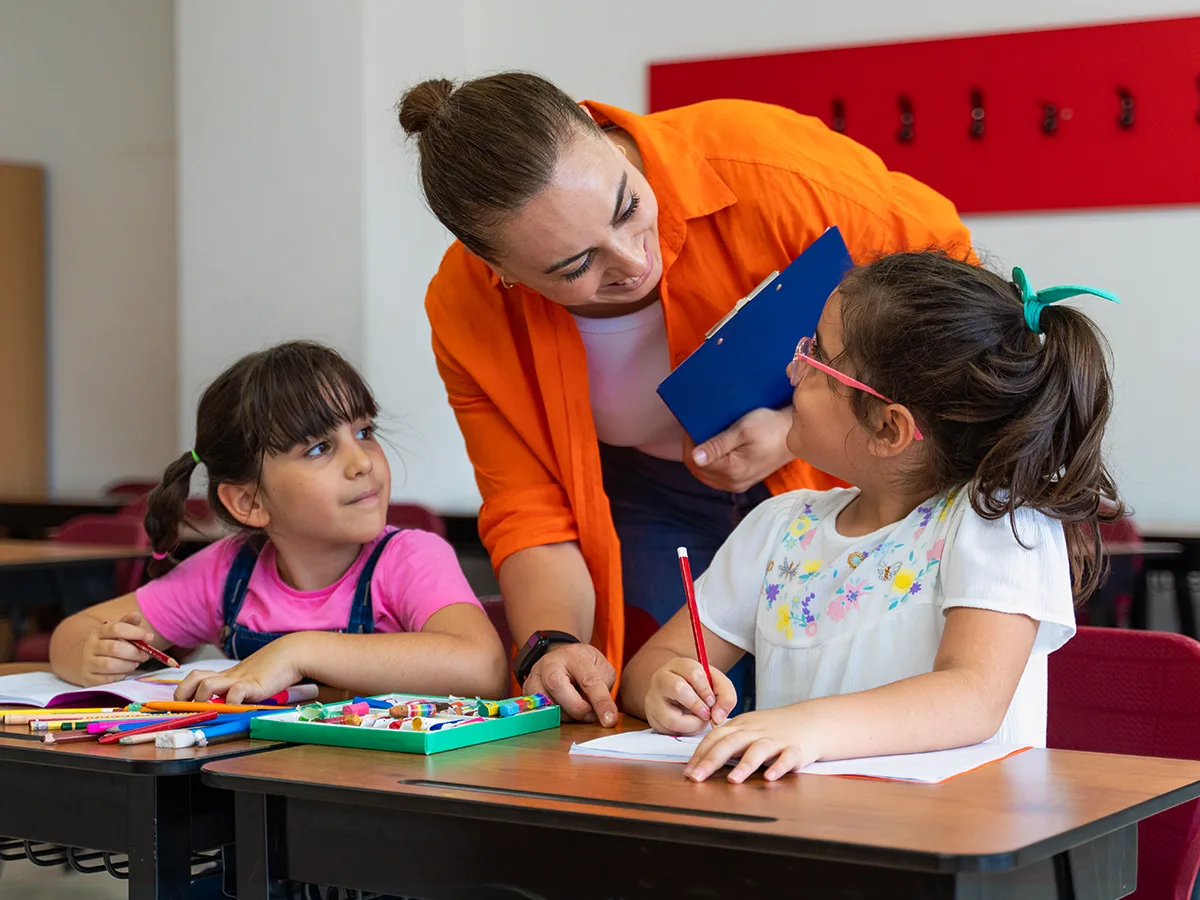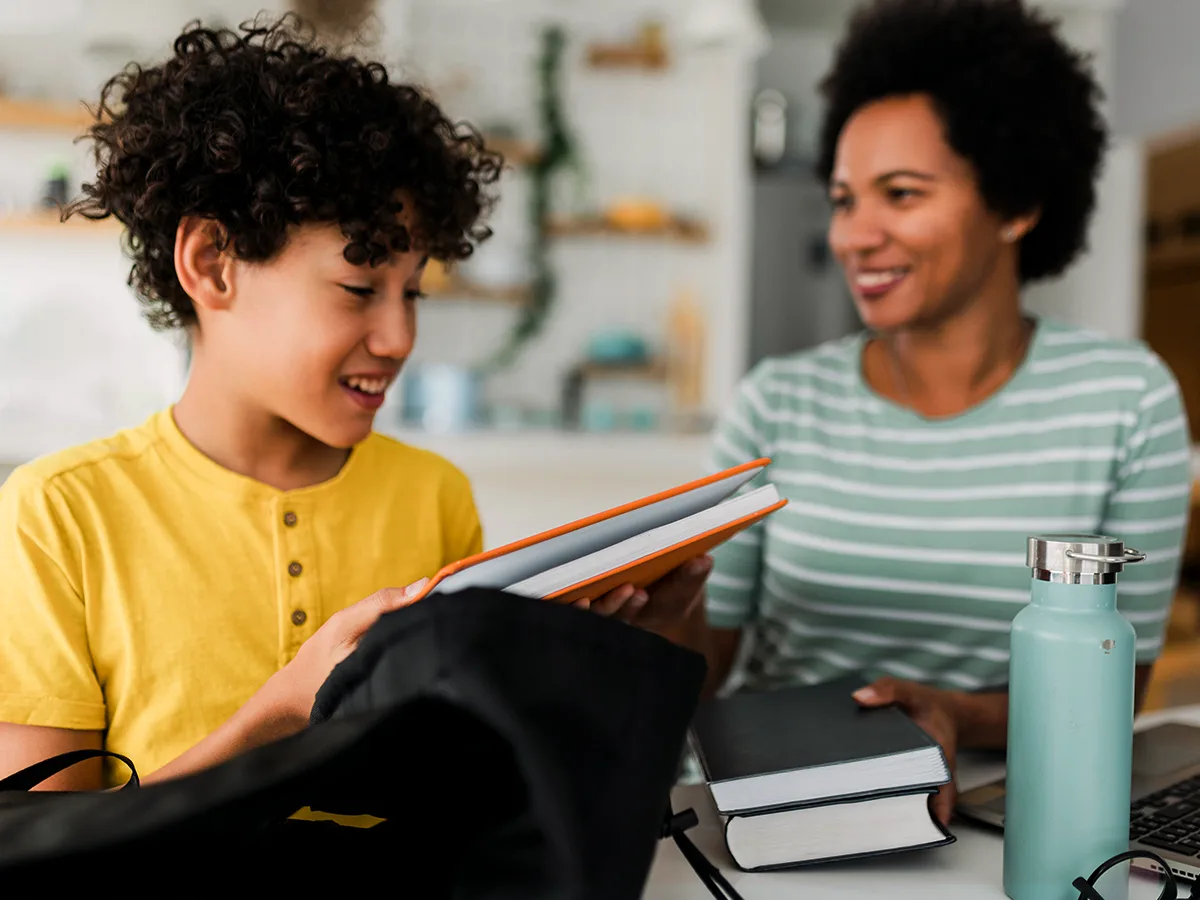What’s in an IEP
Knowing what goes into an IEP can help you be a better advocate for your child. Learn more about IEPs in this guide.

IEPs are documents that map out the special education services and supports a child will get at school. They’re designed to meet kids’ individual needs and are covered by the special education law IDEA.
But how do schools come up with these programs? What’s in the document itself? Keep reading to learn about key elements of an IEP.
How an IEP is created
IEPs are developed by a group of professionals at school. One member of this IEP team typically acts as a case manager and oversees the IEP. You’re part of your child’s IEP team, too. That means you’ll be involved in the process as the IEP is made.
The IEP team uses the results from an evaluation to design the plan. The scores will show the specific areas your child struggles with. This information allows the team to provide the individualized instruction and supports your child needs. If your child has had a private evaluation, you’ll need to work with the school to use the results as it develops the IEP.
One of the biggest decisions the team makes when creating an IEP is what type of learning environment a child will be in. Most kids with IEPs spend a lot of their day in class with their peers. This is called an inclusion classroom. Or a general education classroom that includes students who receive special education.
Discover the benefits of being in an inclusion classroom.
What’s in an IEP
Seeing your child’s IEP for the first time can be intimidating and confusing. There are many terms in an IEP and in the entire IEP process. Understanding what you’re looking at can help you ask the right questions about the services and supports your child is getting.
Here are some of the things the IEP will include:
Your child’s present level of performance in school (PLOP)
Individualized instruction and related services, such as occupational therapy
Supports like accommodations and assistive technology
Annual goals are a key element of the IEP. The IEP gives a target for improvement in the skills a child struggles with. Read on for more information on IEP goals. See if they can include self-advocacy goals.
Spotlight on IEP goals
IEP goals set the bar for your child’s level of improvement for the year. The purpose is to chart how much progress your child is making with the services and supports being given. IEP goals should be SMART — Specific, Measurable, Attainable, Results-oriented, and Time-bound.
In traditional IEPs, goals aren’t related to what other students at that grade level are achieving. A child can meet the goals in the IEP, but still not be performing at grade level.
Ideally, your child’s IEP will be strengths-based. This means the annual goals look at your child’s strengths and then find ways to use those abilities to work on challenges. This approach isn’t widely used yet, but you can always ask the IEP team to consider your child’s strengths when setting goals.
Some states now use standards-based IEPs. With these plans, goals are based on academic state standards. A child’s improvement is measured against what other kids are doing at that grade level. The purpose is to help close the achievement gap.
See how you can track your child’s goals with an IEP goal tracker.
If you disagree with what’s in your child’s IEP
Your role in creating your child’s IEP doesn’t stop once the plan is done. In fact, it’s very important that you go over the IEP carefully and make sure it has everything it should have. And that you agree with what the school has proposed.
Even after working with the IEP team, you may not agree with everything that’s in your child’s IEP. If that happens, you can decline the IEP and negotiate changes with the IEP team. If you still haven’t reached an agreement, there are other types of dispute resolution you can turn to.
Preparing for what’s next
Once the document is created, you’ll go over it with the IEP team. Assuming you’re all in agreement, the plan will be put into place and your child will start getting the services and supports in the IEP.
Your child’s teachers will know about the IEP. But it’s a good idea to talk to them about what’s in it. Teachers are vital partners in helping your child improve skills and stay motivated to keep working on challenges.
Find out what the process of creating an IEP was like for other parents. Explore a collection of IEP personal stories.




